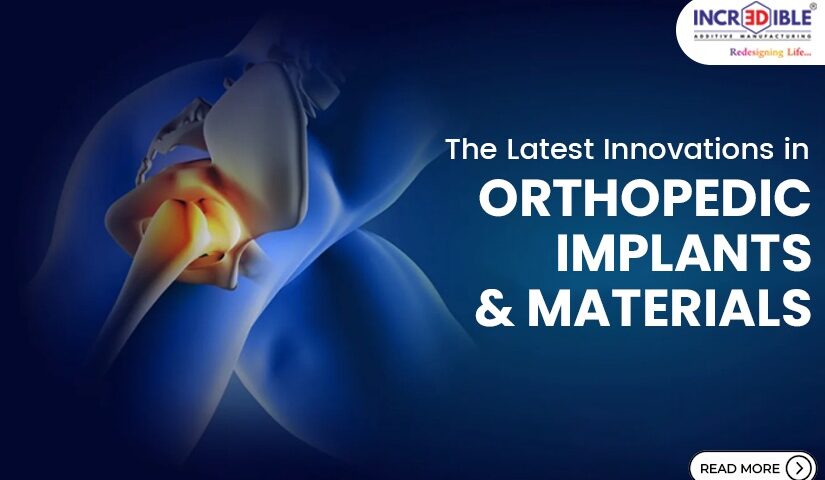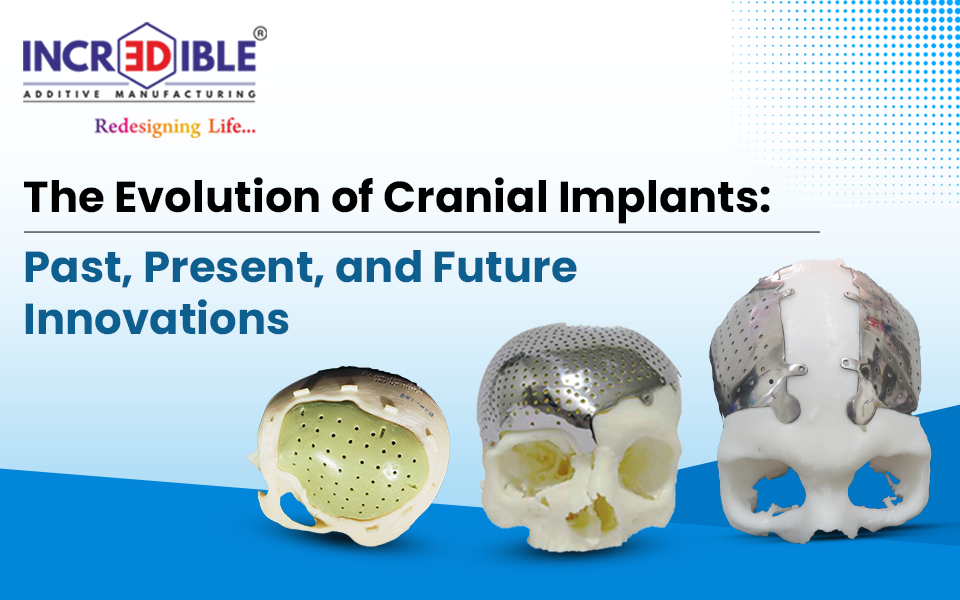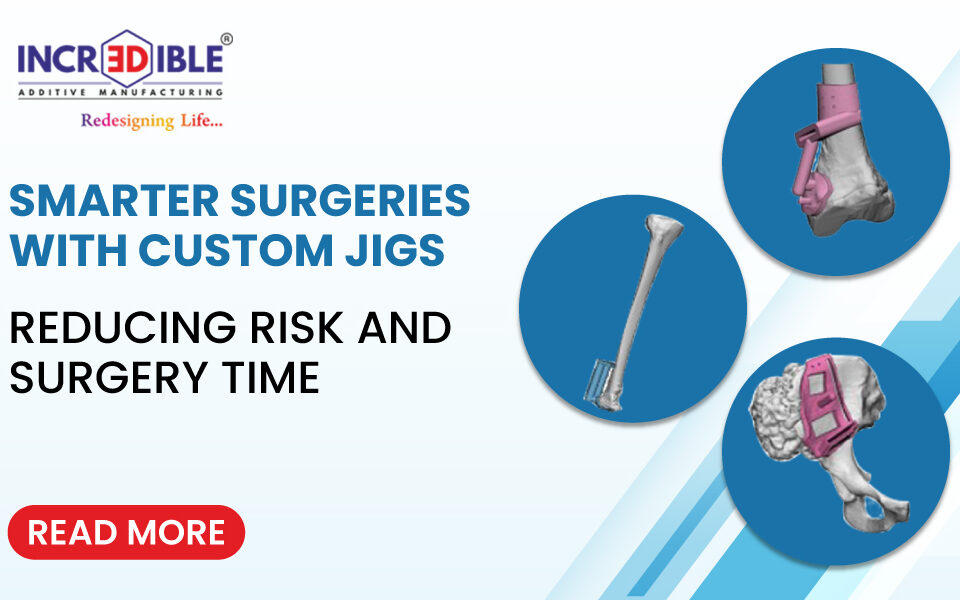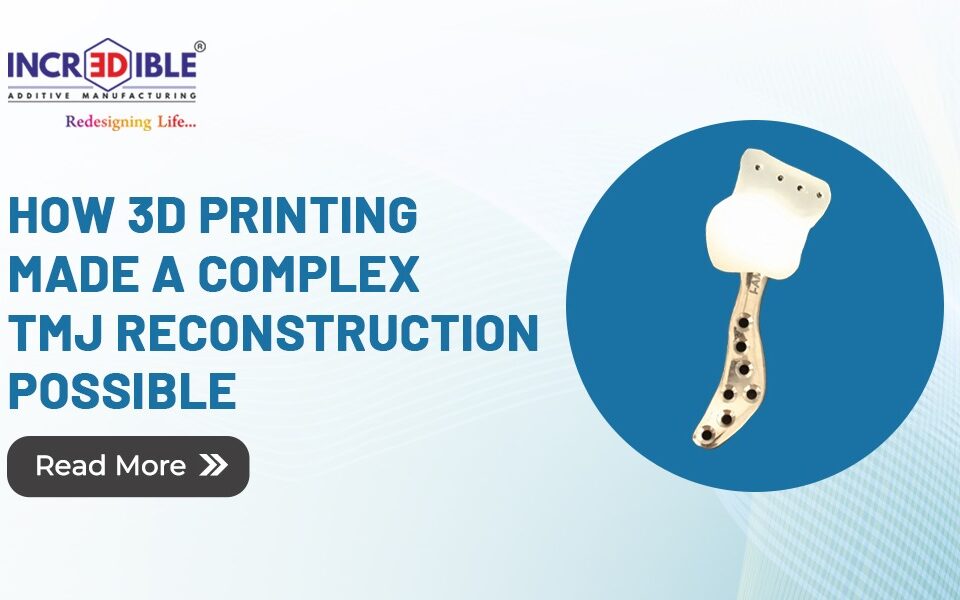Orthopaedic implants have been at the forefront of medical advancements, revolutionizing the field of orthopaedics and transforming patient care. In this blog post, we will delve into the recent innovations in orthopaedic implants and materials, focusing on how these advancements reshape the landscape of orthopaedic surgery.
Overview of Orthopaedic Implants
Orthopaedic implants have a rich history of evolution, dating back to ancient civilizations where primitive materials like wood and ivory were used. Fast forward to the modern era, and orthopaedic implants have transitioned to sophisticated materials like biocompatible metals and polymeric materials. These implants play a crucial role in restoring musculoskeletal function, reducing pain, and improving the quality of life for patients.
Advances in Implant Materials
Orthopaedic implants have witnessed a paradigm shift with the introduction of advanced materials that offer superior performance and durability. Let’s explore two key materials that are driving innovation in the field.
Biocompatible Metals
Titanium alloys have emerged as the gold standard in orthopaedic implant manufacturing due to their excellent biocompatibility and mechanical properties. These alloys possess a unique combination of strength, durability, and corrosion resistance, making them ideal for use in orthopaedic applications.
Polymeric Materials
PEEK (Polyether ether ketone) is a versatile polymer that has gained popularity in orthopaedic implant manufacturing. PEEK exhibits high strength, biocompatibility, and radiolucency, making it suitable for various orthopaedic implants, including spinal cages and joint replacements.
Innovations in 3D Printing Technology
The advent of 3D printing technology has revolutionized the manufacturing process of orthopaedic implants, allowing for greater customization and precision. Let’s explore the latest innovations in 3D printing technology that are driving the development of patient-specific implants.
Customizable Implants
Incredible 3D enables the production of patient-specific implants tailored to individual anatomical dimensions and requirements. This customization ensures a perfect fit and optimal functionality, leading to improved surgical outcomes and patient satisfaction.
Advancements in 3D Printing Techniques
Selective Laser Sintering (SLS) is a cutting-edge 3D printing technique that utilizes laser energy to sinter powdered materials into solid objects. SLS offers superior resolution, accuracy, and surface finish, making it ideal for manufacturing complex orthopaedic implants with intricate geometries.
Regulatory and Ethical Considerations
As orthopaedic implant manufacturers like Incredible 3D continue to innovate and enhance their products, navigating the regulatory and ethical landscape is crucial to ensuring patient safety and upholding ethical standards.
FDA and CE Approval Processes
The FDA and CE approval processes outline the regulatory pathways that orthopaedic implant manufacturers must adhere to for market approval. Recent changes and updates in regulatory guidelines have emphasized the importance of safety, efficacy, and quality assurance in implant design and manufacturing.
Ethical Implications
Ensuring patient safety is paramount in the orthopaedic implant industry, requiring manufacturers to balance innovation with ethical considerations. By prioritizing patient well-being and transparency in product development, manufacturers can uphold ethical standards and build trust with healthcare professionals and patients.
Conclusion
The latest innovations in orthopaedic implants and materials are reshaping the landscape of orthopaedic surgery, offering personalized solutions and superior outcomes for patients. As a leading orthopaedic implant manufacturer, Incredible 3D remains committed to pushing the boundaries of innovation and delivering high-quality 3D printed orthopaedic implants that meet the highest standards of safety and efficacy.




